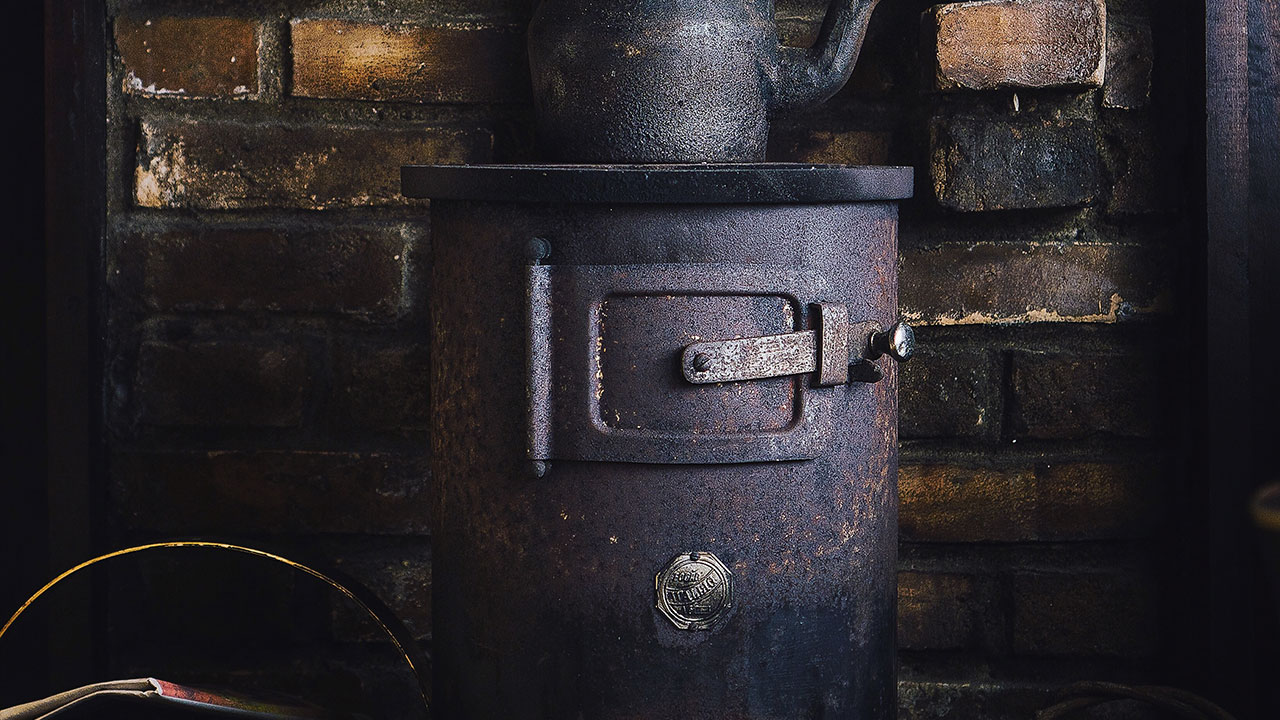Gas, oil, coal, wood, and other fuels burned indoors consume valuable indoor oxygen unless air for combustion is supplied from the outdoors. In tight, energy efficient buildings the bi-products of combustion can cause serious health consequences. Indoor combustion is found in fireplaces; woodstoves; gas–fired appliances such as ranges, gas-fired clothes dryers, water heaters; furnaces, gas- and kerosene-fired space heaters; and oil and kerosene lamps. Some of the potentially harmful emissions include: nitrogen dioxide, nitrous oxide, sulfur oxides, hydrogen cyanide, carbon monoxide, carbon dioxide, formaldehyde, particulate matter, and hydrocarbons from natural gas fumes such as butane, propane, pentane, methyl pentane, benzene, and xylene. The indoor levels of these pollutants are determined by the amount of fuel burned and the rate of exchange with outdoor air.
The primary impacts of exposure to gasoline fumes are on the cardiovascular and nervous systems, but they can affect any organ of body. Some of the earliest signs from exposure to gas fumes consist of: depression, weakness, irritability, failure to concentrate and neurological damage.

Anyone who lives with gas-fired appliances should purchase and use carbon monoxide monitors. Carbon monoxide is commonly produced during incomplete combustion, especially appliances, and it quickly moves throughout the entire house (or school or office). Chronic exposure can result in multiple chemical sensitivities. It interferes with the detoxification pathways in the liver, and causes heart arrhythmia, decreased cognitive abilities, confusion, and fatigue. It is odorless and cannot be detected through smell therefore there are many cases of carbon monoxide related-deaths each year.
Carbon dioxide is produced from burning natural gas. Elevated levels result in decreased mental acuity, loss of vigor, and fatigue. Nitrogen oxides are also released from gas appliances. Again from the pilot lights of appliances. These gases are known to impact the nervous and reproductive systems.
Coal, gas, and wood-burning fireplaces that are not equipped with sealed doors emit dust and toxic fumes. They also consume indoor oxygen unless fresh outdoor air is supplied to them.
It is important to mention that when an automobile is parked or operated in an attached garage, gas, oil, and other volatile organic compounds will make their way into the home through any weak points in the seals from the garage to home.
Well ventilated and well-sealed sources of combustion can be operated with very little degradation of indoor air. For example, having a garage as a separate building to the house is always a good idea.





